
As a safer ramp is something on every ground handler’s agenda and whilst huge strides are being taken, there remains that inevitable margin for error. The event opened with a panel discussion on why incidents still occur – and what realistically can be done to mitigate the problem.
Views from the panel (comprising, airlines, handlers, airports, a psychologist and a travel expert) included the importance of concentrating on people and managing them with immediate (rather than tardy) follow-up after any problem. Labour resources were cited as key to the situation: a hurried and rushed staff was in no-one’s interest and it was important to stress that short-cuts were not a solution to a problem. Someone commented on ramp shifts: once GSPs were out there, it was akin to a hamster in a wheel, with no time for stopping to think: were staff getting adequate rest and breaks? And, it was stressed, it’s the decision makers who make the decisions, those who don’t necessarily have the overview. A need for active management was thus highly desirable.
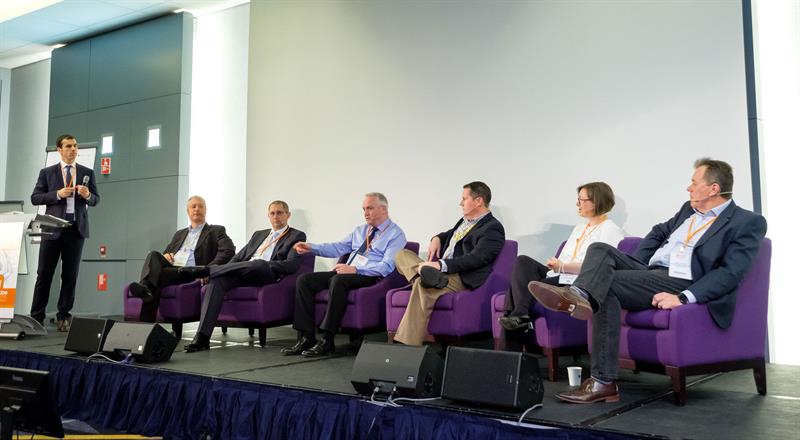
Where incidents occur, it was felt that there was much activity immediately after the event but that this tailed off rapidly after a few days. Again, this was not ideal – a fresh mindset was required.
Needless to say, it was felt by the panel that safety was in every stakeholder’s interest, and in this respect, there was much work still to be done.
Human factors
Talk about human factors was all well and good, but for many it was just talk – was anything concrete happening? On that subject, what about the handling manuals? Some felt they were over- technical and were not conducive to easy digestion. One panellist commented that his operation had started from scratch and whilst the model had taken time to construct, it was working well. There was also some talk about the unknown, and how this affects people’s behaviour: take away the comfort zone and things change. Seeing managers out on the ramp and seeing them actually doing something was a good start; ground handling ought not to be a mere “tick box exercise.” Similarly, what about data? This was not being shared to any great extent – and sharing was considered vital in improving the status quo on the ramp. After all, with today’s technology, the background to any incident can be tracked and this provides a very useful tool for future learning. Moreover, good behaviour required positive comment whilst negative feedback was considered a detracting factor in managing the workforce. An example quoted was that of a carrier thanking its groundcrew after the turnaround: there’s no cost but the reward, whilst intangible, is of great benefit, nonetheless. Such a procedure had, it was confirmed, led to greater OTP, so clearly this was worthy of consideration. As one panellist pointed out, the sector is always looking for the mistakes, not the successes – yet success breeds success.
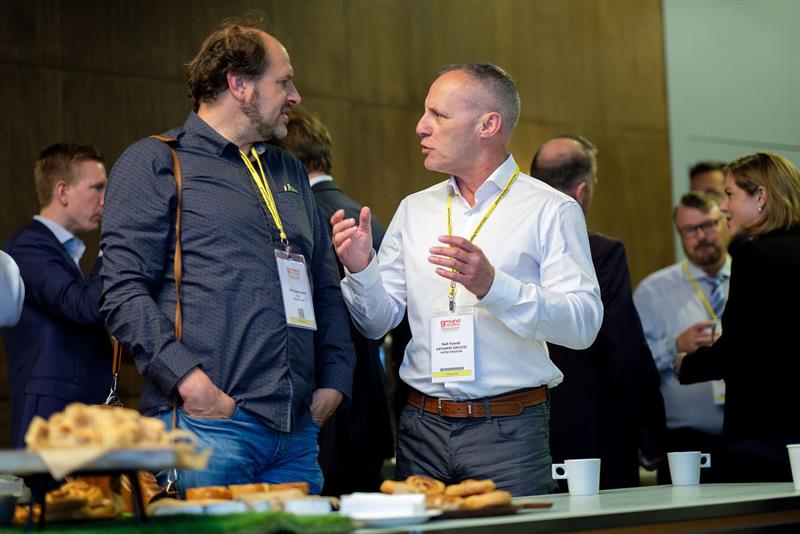
Was OTP the ultimate goal, though? There was talk about OTA being a better measure of efficiency. Bonus and malus clauses were also brought up and as one participant observed, you don’t want to end up killing your partner… but some airlines do just that. One carrier’s representative mentionedthat company policy used to run along the lines of “name and shame” but that this modus operandi had been recently rectified. This comment brought panellists on to the subject of Just Culture: again, a great concept on paper but was it being rolled out on a daily basis? Everyone believed in it but ultimately it was a very subjective philosophy.Mentioned also was the fact that different geographies dictated different strategies, something that had to be factored into the ramp equation.
The old chestnut of handlers being able to talk to airlines as equals was also aired. Changing the perception that one dominated the other was ripe for overhaul, although it was admitted that this was no easy step to take. And on the subject of accident investigation which immediately suggested a retraining session, how valid was this type of approach? An operator of, say, a hi-lift doesn’t forget how to operate the equipment from one day to the next. A final point made was that of behaviour: any safety focus should be on this, not on the outcome of an event.
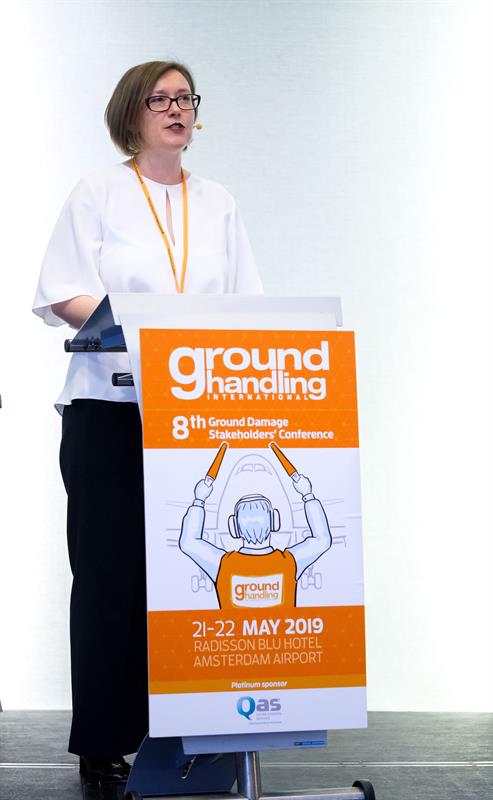
There followed some general conversation on data collection (was it being usefully deployed? Was it accessible?) and regulation of the handling business. It was thought that the latter was possible – but that training regulation would be more helpful. It works for aircrew – so why not ground handlers?
Safety is no accident
Stobart’s Graham Undy spoke next on the idea of a one-team approach to safety. In his own words, Stobart won the Stansted handling contract on a triptych of elements: engagement, innovation and safety. “How many times do we say thanks to our teams?” he queried. Staff feedback, he felt, was vital to any caring organisation and equally important was the visibility of management on the ramp. Having the right equipment for the operation could, and would, change mindsets; and he stressed the fact that Stobart gives employees the time to learn and understand.“Working with the airline is what we want to do,” he declared. With track and trace technology on all motorised equipment and RF on non-motorised, everything is monitored for efficiency and smoothness of operation. The results? Staff turnover at Stansted is just 18% whilst at Stobart’s other stations, this is under 10%.
From humans to human factors: Dr Sarah Flaherty’s focus was that of getting people to do what one wanted, in a safe manner. Much of what she related to the audience was common sense, but as she acutely observed, common sense was a very individual concept – and not as common as one might initially think.
“People are different, yes, but they are fundamentally the same,” she summarised. “Consequences shape our behaviour.” This was a very valid point, as was her comment on training and retraining: was this really the answer?
American Airlines’ Rusty Prewitt was open enough to show the audience videos of two incidents that had been suffered by the carrier. He made no bones about the mistakes and went on to explore the shortcomings that had led, in part, to the incidents. One involved a badly parked jetbridge but the problem really lay in the poorly sited emergency stop button: this was not, in his experience, an uncommon failing. Better positioning of this aid could well help the airport environment.
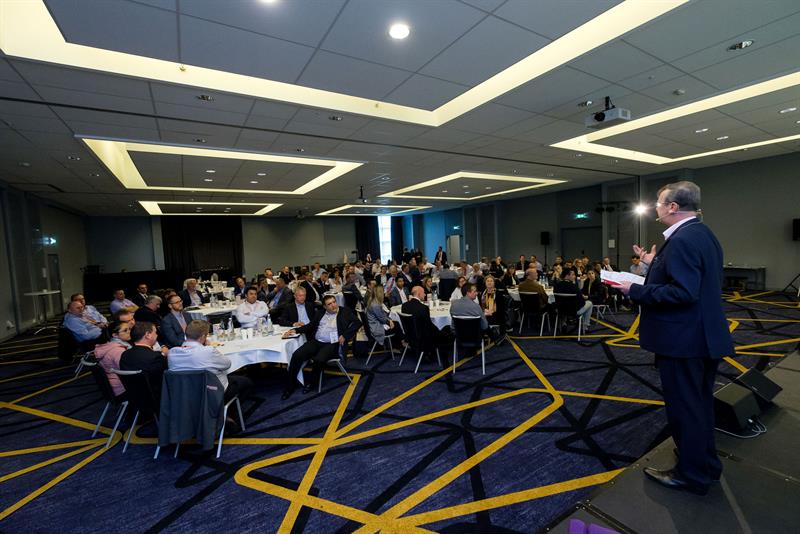
Delegate participation
Involving the audience with a paper-based task was consultant Kevin Stephens’ object: his blank piece of paper approach to safety ground handling saw teams working together on various elements, all with a common purpose. His workshop was followed by Qatar Aviation Services’ Jeno Kovacs, who took the theme of safety for his presentation, outlining how Qatar addressed this particular question. The use of outstanding individuals as “safety champions” was a practice that had much to commend it.
For Ashwani Khanna of Aerotech Support Services, jumping from a role in Delhi airport to acting as an emissary for TLD’s TaxiBot was a leap of faith – but so convinced is he that this is the technology of the future, that he set up a consultancy company that gives advice and which can help with the acquisition and subsequent running of this futuristic GSE application. Six airlines in India have now signed up to the innovative taxi-ing solution, having seen the success of initial vehicles at Delhi International. A safer turnaround is one of the attractions of this technology, which is beginning to interest other airports and handlers around the world.
Day Two
Day Two kicked off with a topical subject, that of regulation – and whether this could, in time, lead to a safer airport environment. EASA’s Giulio De Crescenzo spoke about implementing rules that were pertinent to such a mission and how an improved exchange of information between all stakeholders was highly desirable. Europe was arguably more focussed on this – but what about the rest of the world? Better (ie safer) baggage and cargo loading was top of the “to do” list but he did admit that the ground handling roadmap was well advanced. EASA is now engaged on Phase 3 of its work towards industry standards but there still remained the challenge of rolling out something on a global scale.
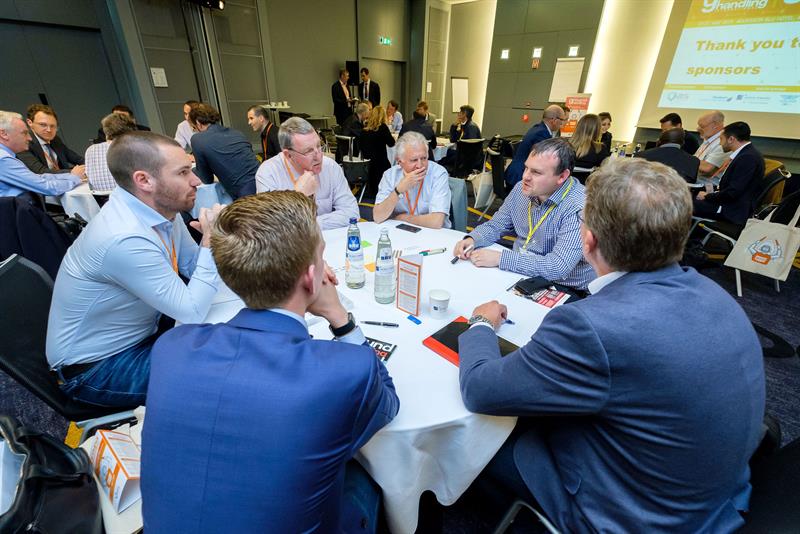
Having corralled five experts in autonomous vehicle technology, history was made at the event as speakers from Mulag, TLD, Charlatte, Mallaghan and JBT presented updates to the audience on how this technology was progressing. Passenger steps, hi-lifts and bag tractors are all set to benefit as the future of the airport environment gradually changes. Questions from the delegates centred on the security of the technology - and how long it might be before these innovations are rolled out.
Luton airport’s Liam Bolger was assisted by Paul Butler from Rushlift in a presentation on turns and aircraft type and whether IGOM had all the answers. Bolger announced that coning and chocking procedures had become too complex; at Luton, a simpler philosophy now prevails and this, aided by collaboration, has reaped rewards. The introduction of the so-called Safety Stack has contributed to better safety statistics and enhanced reporting.
What about safety in the US? On hand was dnata’s Gino Matteoni, who was able to plug the gaps in the audience’s knowledge about the situation in the US. His credo was simple: “We need a safe person in a safe place.” Environmental and demographic factors cannot be overlooked, he maintained, and with an industry staff churn of 40-60%, it was more important than ever that staff were retained and incentivised. Post scenario briefings (for example, after a turnaround) had been found to be beneficial; and on the job training was deemed requisite. Ultimately, praise was better than a negative commentary and leaders had to lead to be effective. In the final analysis, safety was a community affair, he opined.
The business leader
For Hannah Smith of Gama Aviation, the leader was very much in focus: leadership and encouraging workforce engagement was important in the establishment of a harmonious operation. What makes a good leader? This was discussed and one of the points made was that a company and a team vision were good starting points. Looking at other industry sectors and learning from them was deemed a useful exercise.
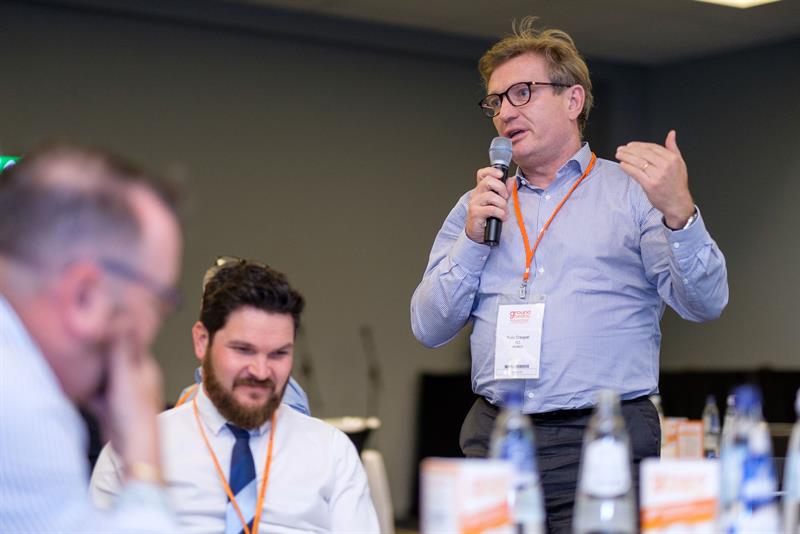
Industry veteran Neale Millett then challenged the audience to assist him in putting together the perfect turnaround. Yes, everyone present knew what was involved in this manoeuvre – but did they know the details and were they aware of why they performed certain actions?
A step by step approach was highlighted and the audience was intrigued to learn that the first casualty arising from a ground damage incident actually dated back to 1913: yes, the problem is that old…
To round off the 2019 event, Aviation Care Consulting’s Ivar Busk presented delegates with details of a ramp incident and asked them to read the report and highlight the contributory factors. It was an interesting session, which gave delegates much food for thought. Incident investigation requires a detached yet ultimately tight focus, and quite often peripheral details can have a huge bearing on the subject matter.
Overall, the GHI event proved yet again that the learning process goes on and on – there is no simple answer to the question of how to make the ramp a safer place. Watch out for details of next year’s event, which will be announced shortly.





